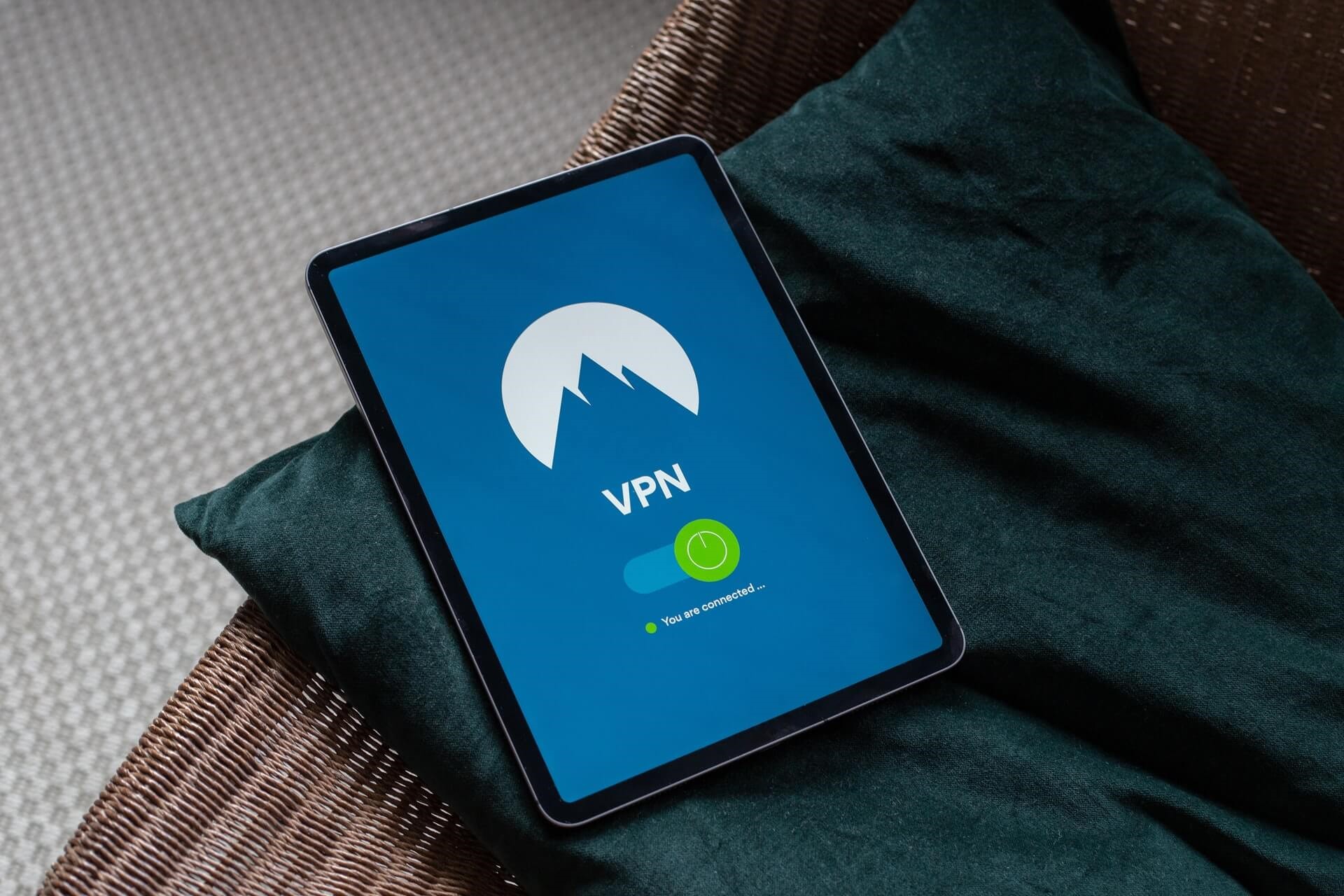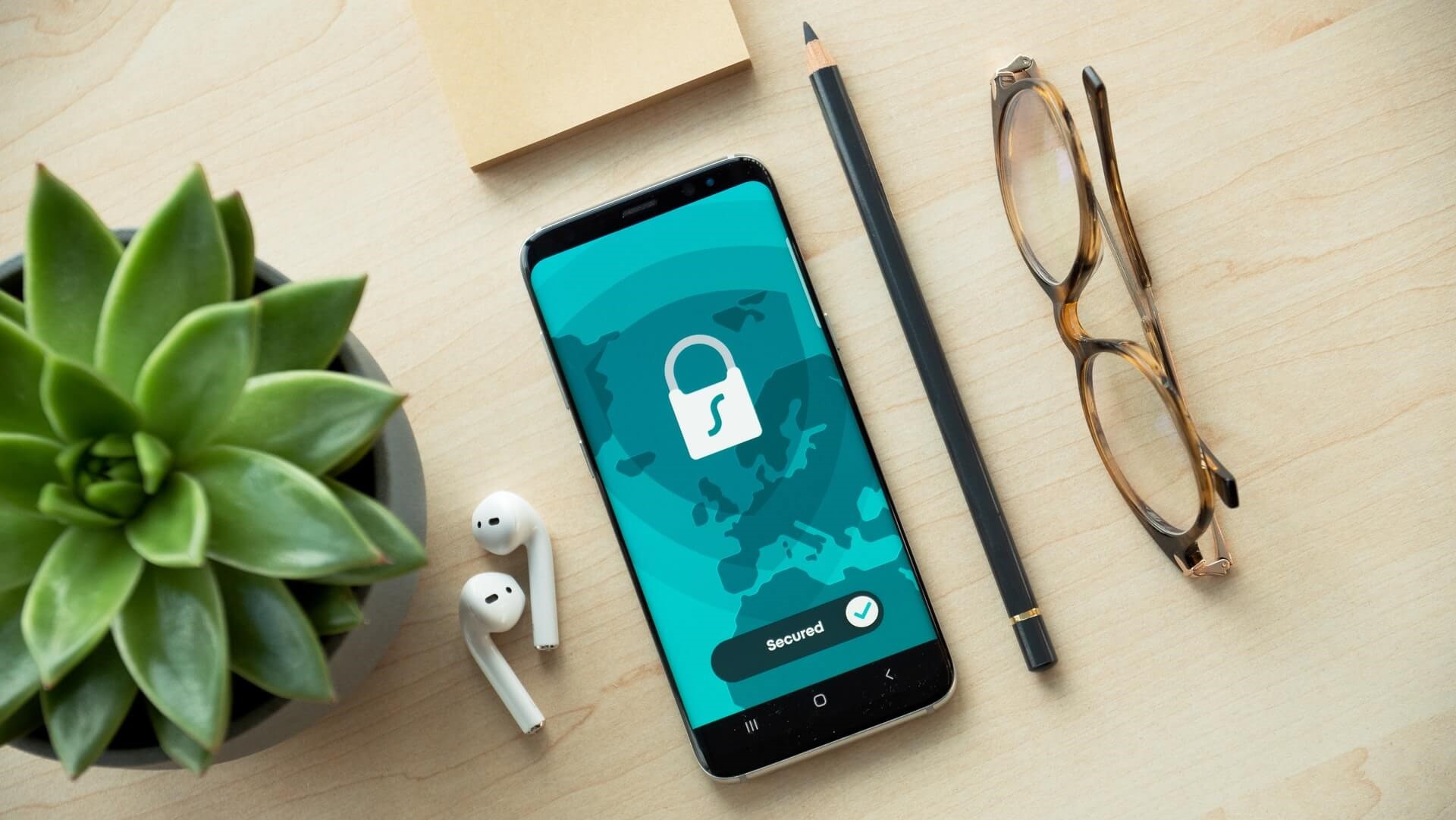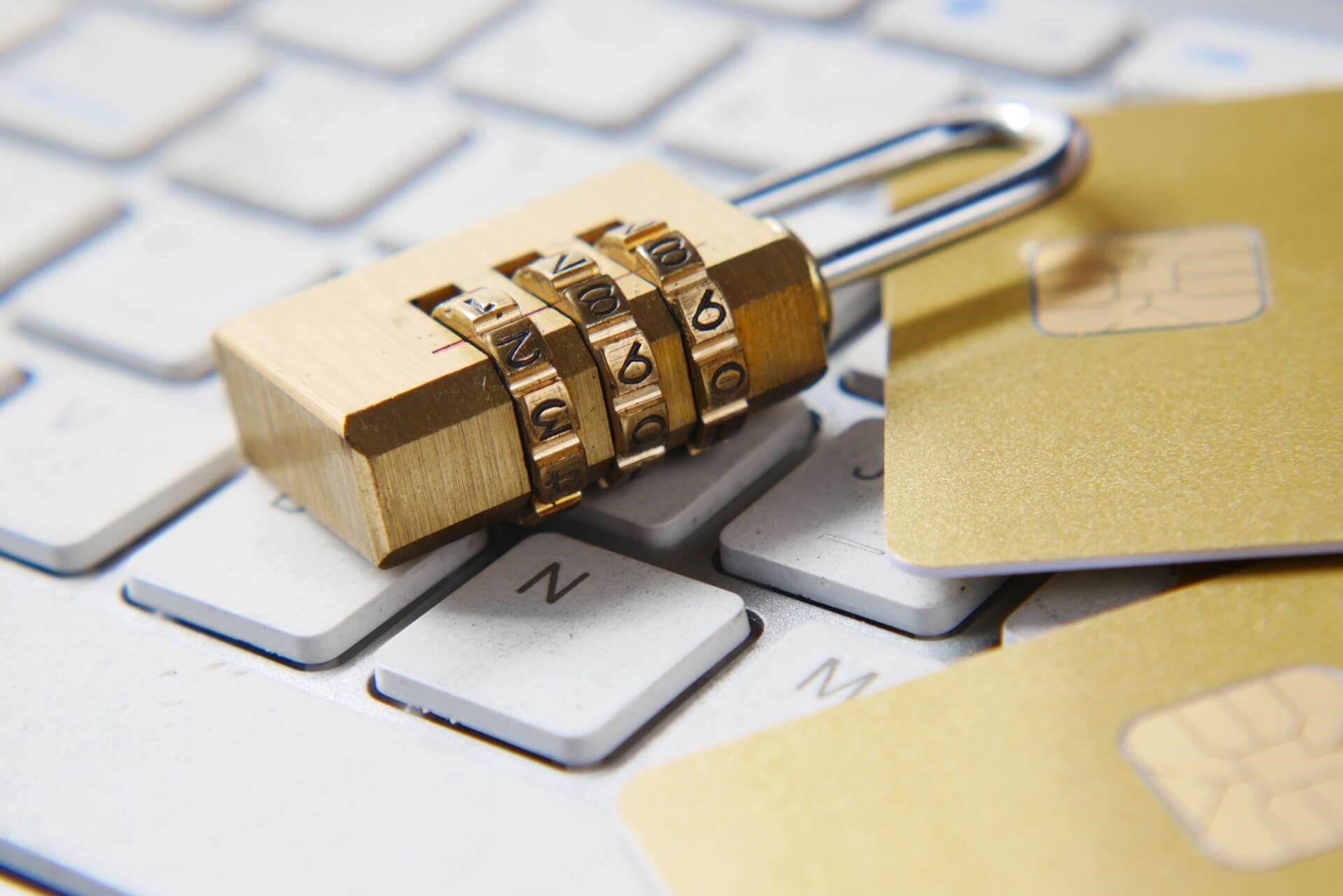Keeping your data safe and secure is imperative to success in the modern world. However, the task of protecting your information is far from an easy one, especially if you consider how many methods of infiltration exist today.
From malware and viruses to hackers and phishers, our critical data is under constant threat from digital criminals. No one wants to be a victim of cybercrime, but what can we do to ensure that our information is as secure as possible?
If you want to make safe online payments, browse the web privately, and create a safe network for your data, there are several strategies worthy of your attention. Read on to find eight of the best ways to protect your most vital information.
Password management
Your passwords are your first line of defense. Don’t underestimate how important they are, as they can often be the deciding factor between security and vulnerability. Forgotten passwords can be a common problem, but there are ways to mitigate this issue.
When you’re dealing with multiple logins that all have different credentials, it’s quite easy to lose track of a few. If that’s the case, password management apps like LastPass can be of beneficial assistance.
Subscribe to a VPN provider
Our need for digital privacy has increased exponentially, creating a rising demand for virtual private network (VPN) services. Essentially, these services allow you to browse online on a public network, but your connection is untraceable to prying eyes.
Not only do VPN providers provide a high level of anonymity, but they also give you the ability to access content and websites that may not be available in your country. Most reliable services charge a low monthly fee but the price is definitely worth it.

Avoid unknown links
Email and phishing scammers are a dime a dozen these days, and they’re always trying to come up with newer, more devious methods of subterfuge. However, there’s one tactic that has managed to thwart them at every turn: don’t click on unknown links – ever.
If something sounds too good to be true, it probably is. If you recognize the link or trust the source, verify anything and everything you possibly can. The only thing that stands between you and a phisher is the click of a button.
Use private browsers
Most modern web browsers have two modes: standard and private. The standard option offers little in the way of privacy, and all your activity can be tracked. Private browsers, on the other hand, can protect you from multiple browser-based trackers.
Despite being a step up from standard browsers in terms of security, ‘incognito mode’ is a fairly basic privacy technology that isn’t able to deal with sophisticated infiltration. It’s worth using, but you’ll need additional layers of protection to maximize its effect.
Security software
Anti-malware and antivirus software is the most effective protectors of your data. A yearly subscription fee is a small price to pay for the peace of mind they provide, yet many of us are content with free and basic protection.
To be fair, the security of operating systems (OS) has advanced significantly over the last few years, making third-party software less critical than it used to be. However, software solutions are still far more extensive than standard OS security.

Two-factor authentication
Remember when we said passwords are your first line of defense? That defense can be bolstered by adding two-factor authentication to your logins. Effectively, each time you login to an account, a verification message asking for authorization will be sent to you.
This is a good way to know if someone is trying to log in to your account. Even if they’ve figured out your password, they won’t be able to get in without your knowledge. What’s more, you can set it up so that you’re also notified of failed login attempts.
Stay updated
Updating your software might seem like a mundane task, but delaying those updates for too long will be detrimental to the integrity of your security. Always update at the earliest chance you get. The older your software is, the easier it is to exploit.
Updates mprove your software’s performance, and more importantly, they patch out any known vulnerabilities. Check for updates on a regular basis and try to install them all yourself.
Backup and encrypt
In order to avoid loss of data, it’s crucial that you backup your information in as many different formats as possible. The protection measures you use will depend on how valuable the data is to you.
Aside from saving copies on a hard drive and a cloud network, you can also make hard copies or create a closed network, preferably in a secure and remote location. As additional protection, install encryption software to make your data that much harder to breach.
